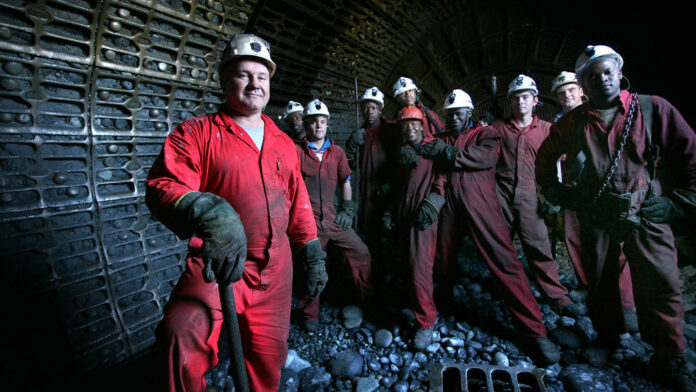
SIBANYE-Stillwater has decided to continue with mining operations at its Beatrix 1 shaft in South Africa’s Free State province on condition it reports no net losses on an average trailing three-month basis from June 1.
The group has also decided to consolidate its South African gold and platinum group metal (PGM) operations into “a single regional operational structure with functional support from a streamlined services structure”. Sibanye-Stillwater CEO Neal Froneman told Miningmx in September last year the group could consolidate service functions for its South African PGM and gold mines.
“We have restructured the South African region to align with the reduced operating footprint following the necessary operational restructuring for greater regional sustainability and profitability and we are well positioned for ongoing shared value delivery,” he said in an announcement today.
This follows the outcome of the Section 189 consultations announced in April by the group over a proposed restructuring of its South African gold operations which potentially affected 3,107 employees and 915 contractors.
According to an announcement from Sibanye-Stillwater, the Beatrix 1 shaft will be closed if this profit target is not sustained but the closure would be “subject to certain conditions”. Beatrix 1 shaft currently employees 422 employees and 100 contractors.
Sibanye-Stillwater said the overall outcome of the restructuring consultations was that 629 employees took voluntary separation or early retirement packages; 116 employees left through natural attrition and 448 were transferred.
A further 111 employees were retrenched because “they could not be accommodated through the agreed avoidance measures”, while an additional 1,130 contractors were impacted.
Reviewing the group’s restructuring measures taken since January last year Sibanye-Stillwater said its total employees and contractors in the South African region had reduced from about 81,500 at the end of 2022 to just over 70,000 currently.
Despite this significant 14% reduction in employees only 966 employees out a total of about 11,500 impacted employees and contractors were forcibly retrenched, it said.










